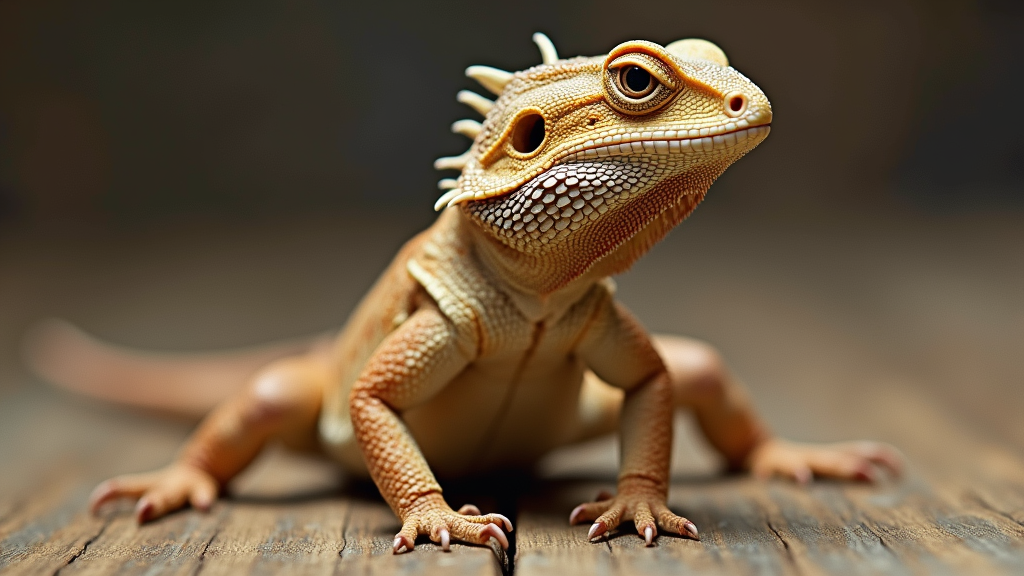When you think of bearded dragons, training might not be the first thing that comes to mind. However, these fascinating reptiles are quite capable of learning behaviours and commands with the right approach. As someone who’s had the pleasure of owning numerous bearded dragons, I’m here to share effective training tips that will help your scaly friend become a well-behaved, sociable companion.
Getting Started with Bearded Dragon Training
Understanding Your Bearded Dragon
Before diving into training techniques, it’s important to understand the personality and natural behaviours of bearded dragons. These reptiles are generally docile, curious, and enjoy exploring their environment. Each bearded dragon has its own unique personality, and recognising this can aid significantly in the training process.
- Observation: Spend time observing your pet’s behaviour. Notice what they enjoy, their active periods, and what makes them stressed.
- Patience: Training takes time and patience. Bearded dragons respond well to consistent, gentle interactions.
Creating a Positive Environment
Your training efforts will be more successful if your beardie feels comfortable and safe in their environment. Ensure their habitat has suitable temperatures, UVB lighting, and a cosy spot for resting.
- Comfortable Enclosure: A well-maintained tank with proper heating, lighting, and humidity is crucial. Inadequate conditions can lead to stress, hindering their ability to learn.
- Routine: Consistency in feeding and handling times can help your bearded dragon feel more secure and receptive to training.
Basic Handling and Taming Techniques
Building Trust
The cornerstone of any training is trust. Your bearded dragon needs to feel safe in your presence to respond positively to training techniques.
- Handfeeding: One effective way to build trust is by handfeeding your dragon. Offering their favourite insects or vegetables from your hand can foster positive associations.
- Gentle Handling: Start by gently petting and then slowly lifting your bearded dragon. Use both hands to support their body, particularly their belly and chest.
- Daily Interaction: Regular interaction is key. Short, daily sessions will help your bearded dragon become accustomed to your presence.
Training for Handling
Proper handling is crucial, especially for first-time owners. It’s vital to train your bearded dragon to be comfortable being handled, which will also make vet visits less stressful.
- Approach Slowly: Always approach your dragon slowly from the side, avoiding sudden movements which can startle them.
- Short Sessions: Initially, keep handling sessions short to prevent stress. Gradually increase the duration as they become more comfortable.
Advanced Training Techniques
Target Training
Target training is an effective method that can be used for a variety of purposes, such as directing your bearded dragon to move to a specific spot.
- Choose a Target: Select a distinct object like a coloured stick or a small ball as your target.
- Introduce the Target: Place the target near your dragon and let them investigate. The moment they touch it with their nose, reward them with a treat.
- Consistency: Repeat this process consistently, gradually increasing the distance they have to move to touch the target.
Harness Training
If you want to take your bearded dragon outside safely, harness training is a great idea. This requires patience and gentle encouragement.
- Choose the Right Harness: A well-fitted, reptile-specific harness is essential for safety.
- Acclimate Slowly: Let your dragon see and smell the harness before attempting to put it on.
- Short Walks Indoors: Start with short indoor walks. Gradually increase the duration as your beardie becomes more comfortable in the harness.
Clicker Training
Clicker training can be a powerful tool for teaching your bearded dragon various commands and tricks.
- Pairing Clicker with Treats: Click the clicker and immediately offer a treat. This teaches your bearded dragon to associate the sound with positive reinforcement.
- Shaping Behaviour: Use the clicker to mark desirable behaviours such as coming when called, or climbing onto your hand.
Conclusion: Patience Pays Off
Training a bearded dragon requires patience, consistency, and understanding. By creating a positive environment, building trust, and using effective training techniques, you can help your bearded dragon become a well-behaved, happy companion. Always remember to approach training at your pet’s pace, ensuring they feel safe and comfortable at all times.
Internal Links
For more information on bearded dragon care, check out our Bearded Dragon Care Guide.
External Links
For additional tips on training reptiles, visit Reptiles Magazine.
Meta Description
Discover effective bearded dragon training tips to cultivate a well-behaved pet. Learn how to build trust, handle properly, and use advanced training techniques for your scaly friend.
Whether you’re a new owner or looking to enhance your pet’s behaviour, these bearded dragon training tips will guide you every step of the way. Enjoy the bonding and teaching process with your fascinating reptilian friend!

